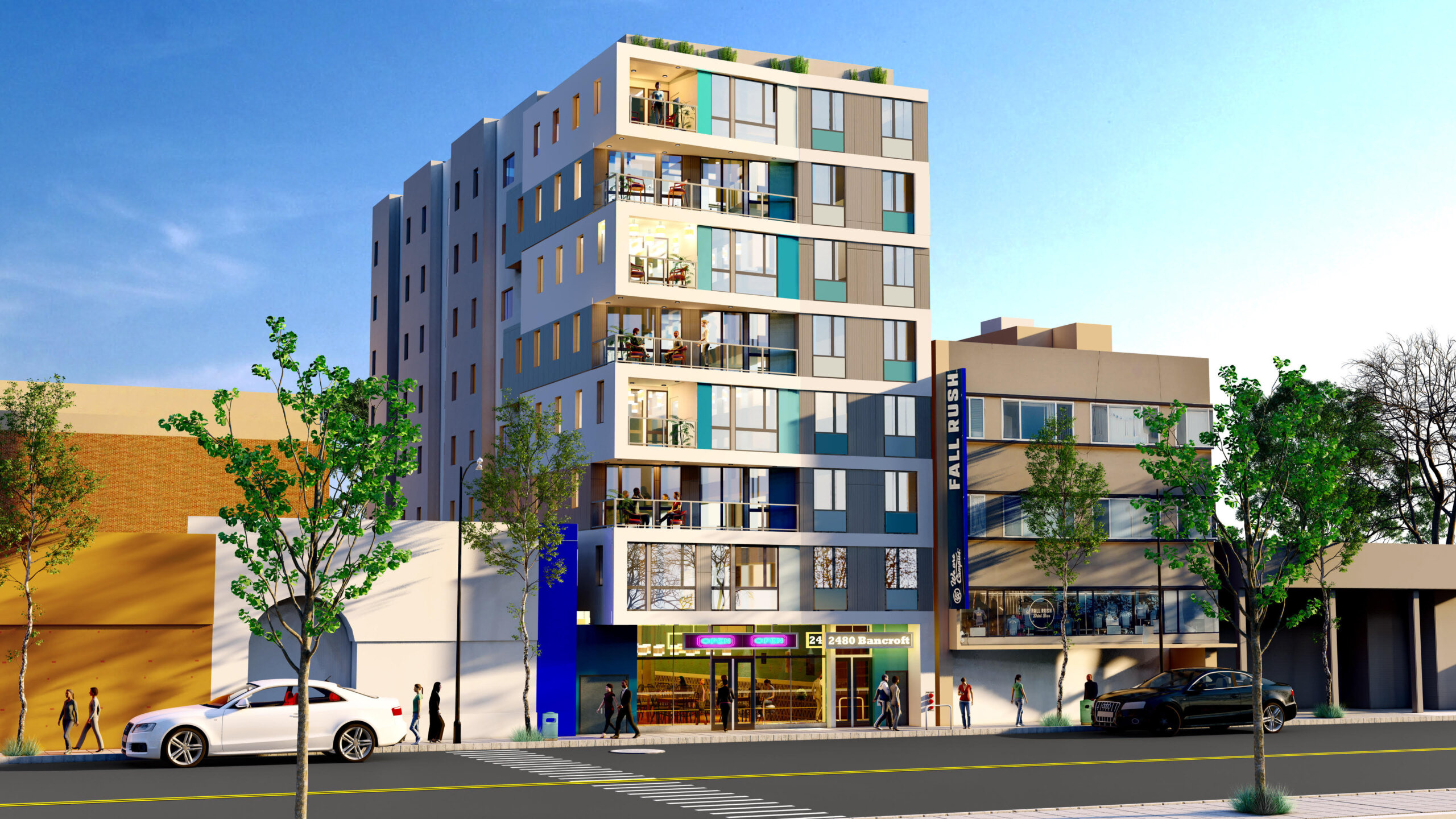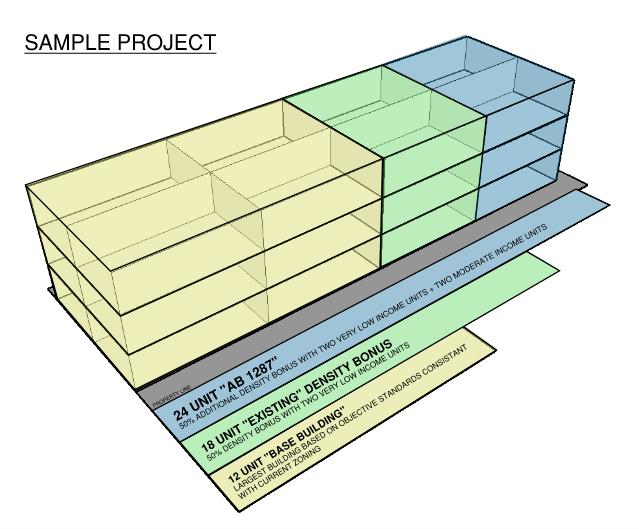 Many in the real estate world are already familiar with the new state Density Bonus law, AB1287, which offers significant financial incentives to residential developers to double the size of their developments if they meet certain affordable housing requirements. What may come as a surprise, however, is where the law can offer the most value: to the small, local developers building in low- and mid-density districts.
Many in the real estate world are already familiar with the new state Density Bonus law, AB1287, which offers significant financial incentives to residential developers to double the size of their developments if they meet certain affordable housing requirements. What may come as a surprise, however, is where the law can offer the most value: to the small, local developers building in low- and mid-density districts.
While high-rise buildings in high-density districts have an inherent advantage of greater efficiencies and economies of scale to bring down the cost per housing unit, AB1287 creates an opportunity for smaller developments to realize similar benefits.
By doubling the size of a low-rise building without also doubling the costs for land, permits, fees, and so on, these projects will be much more financially feasible for small local developers, who don’t have access to the type or scale of capital typically available to large national firms.
In addition, these now double-sized low-rise buildings can still utilize less expensive construction types–wood vs. steel or concrete–and are not required by state code to include many of the costly elements mandatory in mid- and high-rise buildings, such as elevators or additional stairs and circulation.
In short, small local developers will be better able to recoup their investments and make a profit, which in turn will encourage them to build more housing. This could lead to thousands of additional units coming onto the market each year.
We expect that communities across the state will see numerous variants and flavors of development in this new type of “opportunity zone.” While AB1287 may not be the magic bullet to solve the state’s housing crisis, given the relatively inexpensive cost of construction of low-rise housing, the sheer potential number of such projects could make a real dent.

